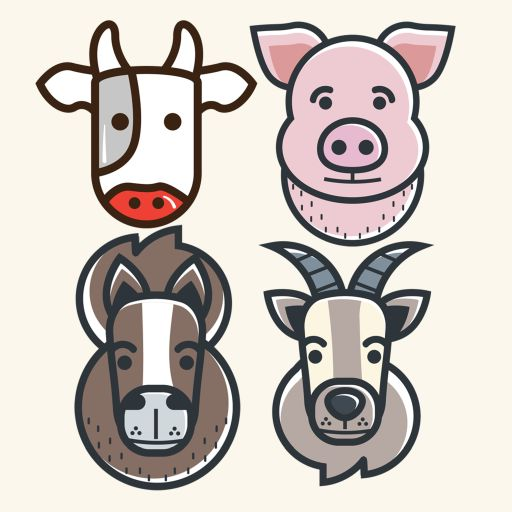Garciafarms1
Exploring the pasture
- Joined
- Apr 29, 2022
- Messages
- 8
- Reaction score
- 11
- Points
- 18
Today i had my LGD pup kill one of my doelings he had been with for about 3 weeks he is in with 8 does and buck along with what was 5 doelings. Is this the end of this pup or can he still be saved and kept from doing this again?

